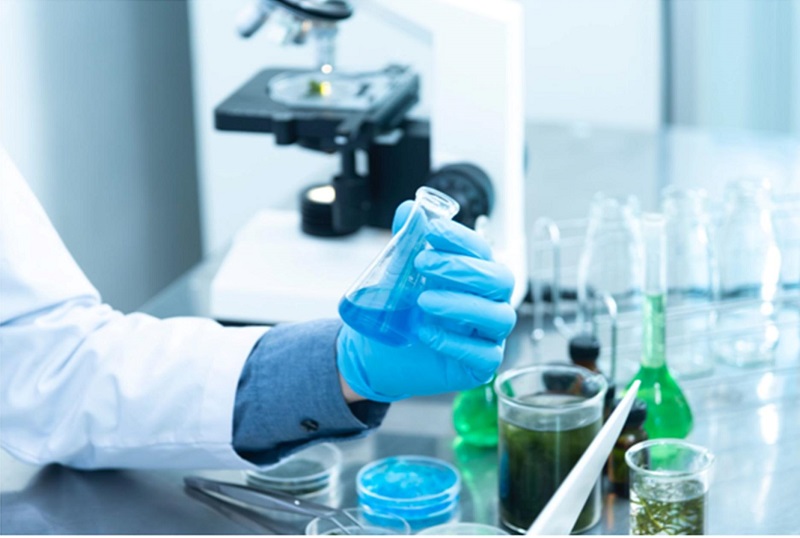Today’s laboratories are operating in an increasingly dynamic environment that places new demands on staff and facilities. With tighter budgets, shorter lead times, stricter regulatory requirements, and greater customer scrutiny, lab managers must become more strategic about using resources. For example, assigning tasks to individual workers or teams is no longer enough. Instead, you need a plan that integrates all activities so that everyone is working as efficiently as possible. This will help you identify inefficiencies and bottlenecks so that you can develop solutions to make your team more productive and your processes more streamlined. Here are 5 tips to improve efficiency in your lab.
Eliminate waste
One of the best ways to improve efficiency in your lab is to identify and eliminate waste. This concept, which Frederick Herzberg first introduced, is widely misunderstood. It isn’t a metric that you can measure using flow charts or Pareto charts; it’s a way of thinking about how you can improve your processes. This can range from simple changes, like setting up a system to track the location and condition of equipment so that it can be easily located when needed. It can also mean changing how your team operates, so that staff members work with the right tools and information at the correct times. For example, you may have a policy that every sample be analyzed within 48 hours of receipt. However, if the analysis is done by a single person, with no exceptions, you will likely be unable to meet this standard.
Streamline your processes
The first step toward improving lab efficiency is understanding your existing processes. This involves mapping every step in your value chain to determine where there might be issues or opportunities for improvement. This can be done in several ways, including a visual flowchart, a table showing the tasks and personnel involved in each step, or a written narrative that describes each process. In addition, you should keep track of your metrics to see how well each method works and where there might be issues or areas to improve upon.
Automate tasks that are repeated
Automation is being hailed as the next big thing in the lab. However, it’s not just about robots. In fact, there are several different areas where automation may be helpful. For example, if you routinely send samples for external testing, you can save time by uploading sample information and test requests digitally. Similarly, if staff members routinely make the exact measurements, you can use data collection software to automate the process. Any process that is being done repeatedly by staff members should be considered for automation.
Leverage remote working
Remote working isn’t a fad; it’s a way of doing business in the 21st century. Remote working isn’t just about putting someone in your home office. Instead, it involves leveraging technology to increase connectivity and remove barriers to effective communication and collaboration. For example, you can use virtual meeting software to connect with colleagues, clients, or suppliers such as LOC Scientific in real-time, as if you were all in the same room. You can also use video conferencing to allow remote workers to participate in face-to-face meetings with colleagues and clients, improving outcomes by up to 50%. With the right tools, remote employees can be just as productive as their on-site counterparts.
Establish a clear vision for the future
Finally, you must have a clear vision for your lab’s future. You need to start thinking about where you want to be in 1 year, 5 years, or 10 years. Then, you need to put a plan in place to initiate that journey. Indeed, the best way to improve your lab efficiency is to look to the future constantly. For example, you can develop strategies to reduce expenses if you face rising costs. If you are experiencing a shortage of skilled labor, you can initiate training programs to have a steady stream of qualified workers. In short, the best way to improve efficiency in your lab is to keep moving forward.




One thought on “5 Tips to Improve Efficiency in Your Lab: Achieving Better Outcomes”